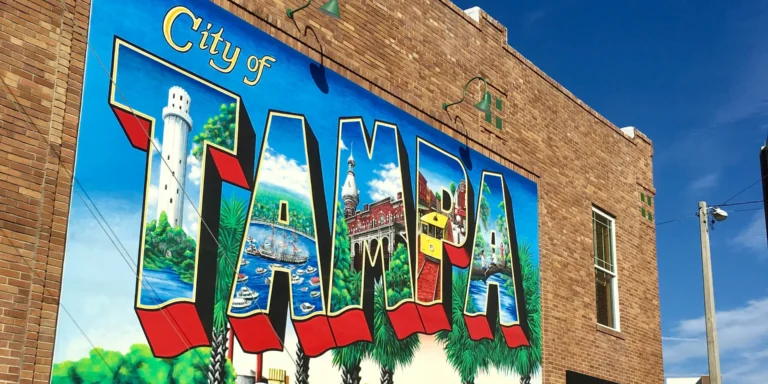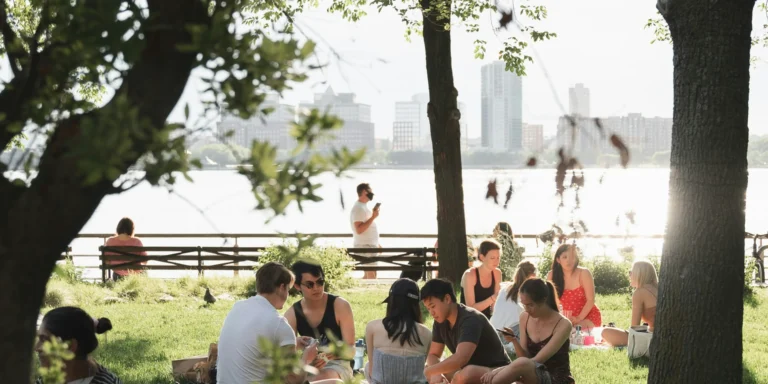New York Avenue Overview
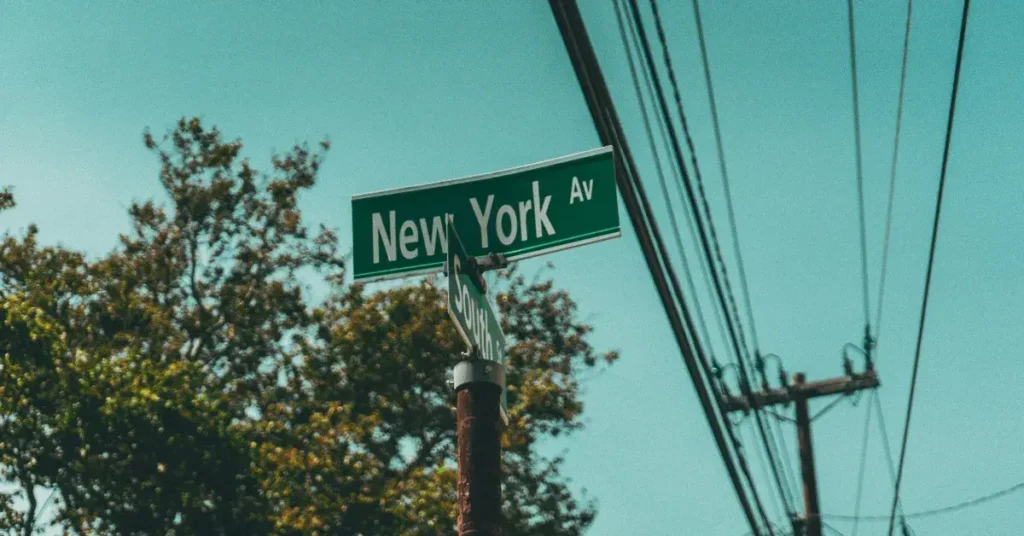
If you’ve ever explored the City of New York, particularly Manhattan, you’re likely familiar with the iconic New York Avenue. This bustling thoroughfare is as diverse as the city itself, connecting neighborhoods, fostering commerce, and serving an integral part in the city’s layout.
Manhattan, the economic heartbeat of New York City, is laid out in a grid with streets crossing avenues at right angles. Avenues like New York Avenue typically run north-south, complementing the east-west streets. Here are some quick facts:
- Width: Manhattan’s avenues vary in width. Lexington Avenue is 75 ft wide, while sections of Madison Avenue range from 75 to 100 ft. Most other avenues in Manhattan stand at a standard 100 feet.
- Location: The Upper East Side, known for its affluence, is one of the many neighborhoods connected by these key arteries.
- Washington, D.C: There’s also a major road named New York Avenue in the nation’s capital, serving as a critical transportation route and boasting thriving industrial and commercial sectors.
You will also find that the avenues, including New York Avenue, represent more than just transportation. They are landmarks in their own right, each with a unique character reflecting the vibrant tapestry that makes up the State and city’s diverse populace. Whether you’re navigating the streets of Manhattan or visiting the historical sites along New York Avenue in Washington, D.C., these roads offer you a glimpse into the lifeblood of the cities they traverse.
Infrastructure and Development
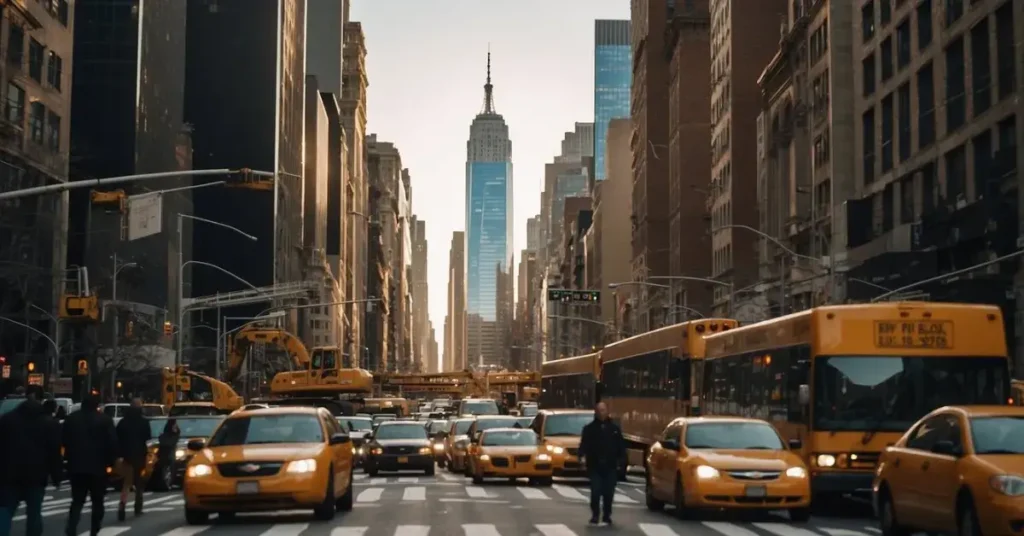
As you explore the evolving landscape of New York Avenue NE, you’ll find a corridor in transformation. There’s a fusion of roadway improvements, strategic planning, and residential expansions, aligning to reshape your experience of this bustling gateway.
Roadmap and Comprehensive Planning
The District’s amendments to the 2021 Comprehensive Plan frames a vision for New York Avenue NE. It outlines strategies to harmonize land use with envisaged developments, ensuring a well-structured progression that mirrors community aspirations.
Transportation and Commuting
Improving your daily commute, a multi-modal approach is in the works to make traveling along New York Avenue NE more efficient. Plans to enhance public transportation, including Metro services and main line access, aim to reduce congestion and improve connectivity.
Economic Impact and Employment
The corridor’s regeneration is poised to increase jobs, particularly in service sectors and production. This commitment to employment growth reflects New York Avenue’s key role in bolstering Washington D.C.’s economic fabric.
Community and Housing
Community revitalization efforts encompass a surge in housing developments — a move geared towards spurring racial equity and uplifting quality of life. Invested in creating inclusive and vibrant communities, these projects underscore a future of diversity and vitality for areas like Ivy City, Langdon, and Brentwood.
Public Spaces and Facilities
Ambitions to enrich community life translate into strategic improvements of public spaces and civic facilities. This vision encourages the creation of engaging venues and infrastructures that align with the lifestyles of residents and businesses along New York Avenue NE.
Commercial and Industrial Uses
The roadmap addresses the need to support and grow commercial activities, including warehousing and utility services. This focus on maintaining robust industrial capabilities ensures the corridor remains a key economic hub.
New York Avenue NE Initiatives
Finally, targeted initiatives look to foster a cohesive narrative for New York Avenue NE. These projects intertwine efforts to improve freight operations, augment public utilities, and renovate the area into a beacon of urban innovation, all while preserving the corridor’s unique historical and cultural significance.
Historical and Cultural Context
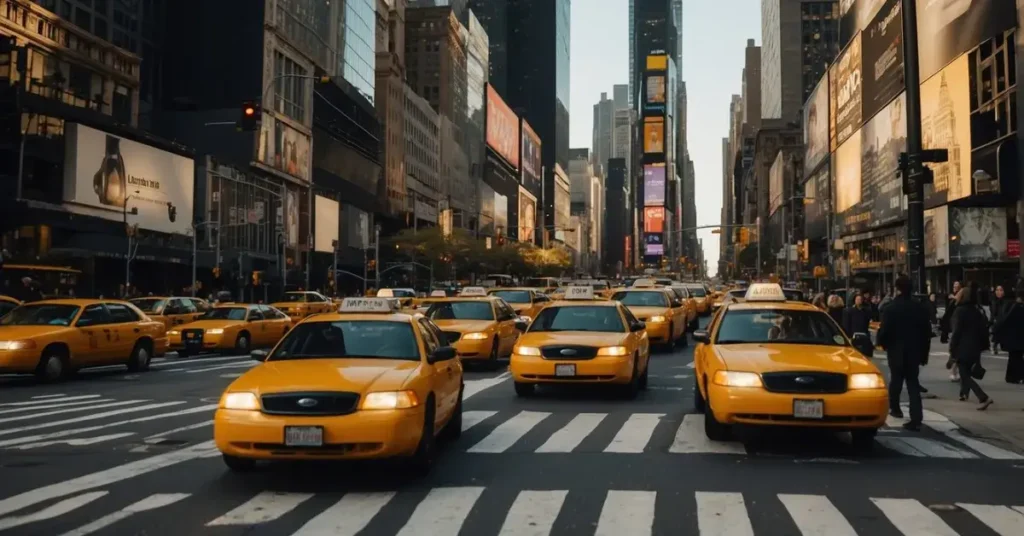
Exploring New York Avenue offers you a unique glimpse into the very heartbeat of New York City’s past and present. As you wander through its length, consider the historical events that have shaped it and the cultural fabric it weaves through the city.
New York Avenue in History
New York Avenue stands as a testament to the city’s ever-changing landscape. In the Gilded Age, streets like New York Avenue witnessed a city flourishing with industrial wealth and architectural ingenuity. Buildings from this period still stand today, their facades reminders of a city bursting into modernity. Notably, during times of war, the bustling avenues of New York City have reflected the nation’s tensions and triumph, presenting a resilient front to both its residents and the world.
Cultural Significance
The cultural fabric of New York City, with New York Avenue as one of its threads, is deeply interwoven with the identity of neighborhoods such as Manhattan’s Upper East Side and the diverse borough of Queens. New York Avenue, much like the city itself, is a vibrant mosaic of various cultures, languages, and traditions, with each block offering a new perspective on the rich cultural heritage of the City of New York. These avenues are more than mere pathways; they’re the lifeblood of the community, carrying the diverse stories and experiences that make New York City a dynamic hub of culture.
Frequently Asked Questions?
How do New York addresses work?
New York addresses work with a grid system, especially in Manhattan. Streets run east-west and are numbered, increasing as you move north. Avenues run north-south, increasing as you move west. Fifth Avenue divides Manhattan into East and West sides. Odd-numbered buildings are on the north side of streets and even-numbered on the south. In areas like the East Village, you’ll find Avenues A, B, C, and D, known as Alphabet City. Above 59th Street, avenues may change names, like 8th Avenue becoming Central Park West. Broadway, an exception, runs diagonally across the grid. Understanding this system helps with navigation, but using map apps or asking for help can also be beneficial when you’re unsure
How do you remember NYC avenues?
To remember NYC avenues, start from east to west: First Avenue runs along the East River, and numbers increase to the Hudson River. Key changes above 59th Street include 8th Avenue becoming Central Park West, and further north, avenues are named after notable figures like Malcolm X Blvd
What are the avenues in NYC in order?
In NYC, avenues in Manhattan generally run north to south, ordered from east to west as follows: First Avenue near the East River, through to Twelfth Avenue by the Hudson River. Notable exceptions include Broadway, which diagonally crosses the grid, and avenues like Lexington, Park, and Madison inserted between Third and Fifth Avenues. Above 59th Street, some avenues change names, such as 8th Avenue becoming Central Park West
What is the most popular street in New York?
The most famous street in New York is Fifth Avenue, known as Millionaire’s Row. It runs the length of Manhattan, from north to south, and is famous for its high-end shopping, with stores like Armani and Cartier. It’s comparable to the Champs-Élysées in Paris or Ginza in Tokyo
What’s your most Favorite Street in New York? Drop us a Comment Down Below. Or maybe you want to Check out Queensbury?


